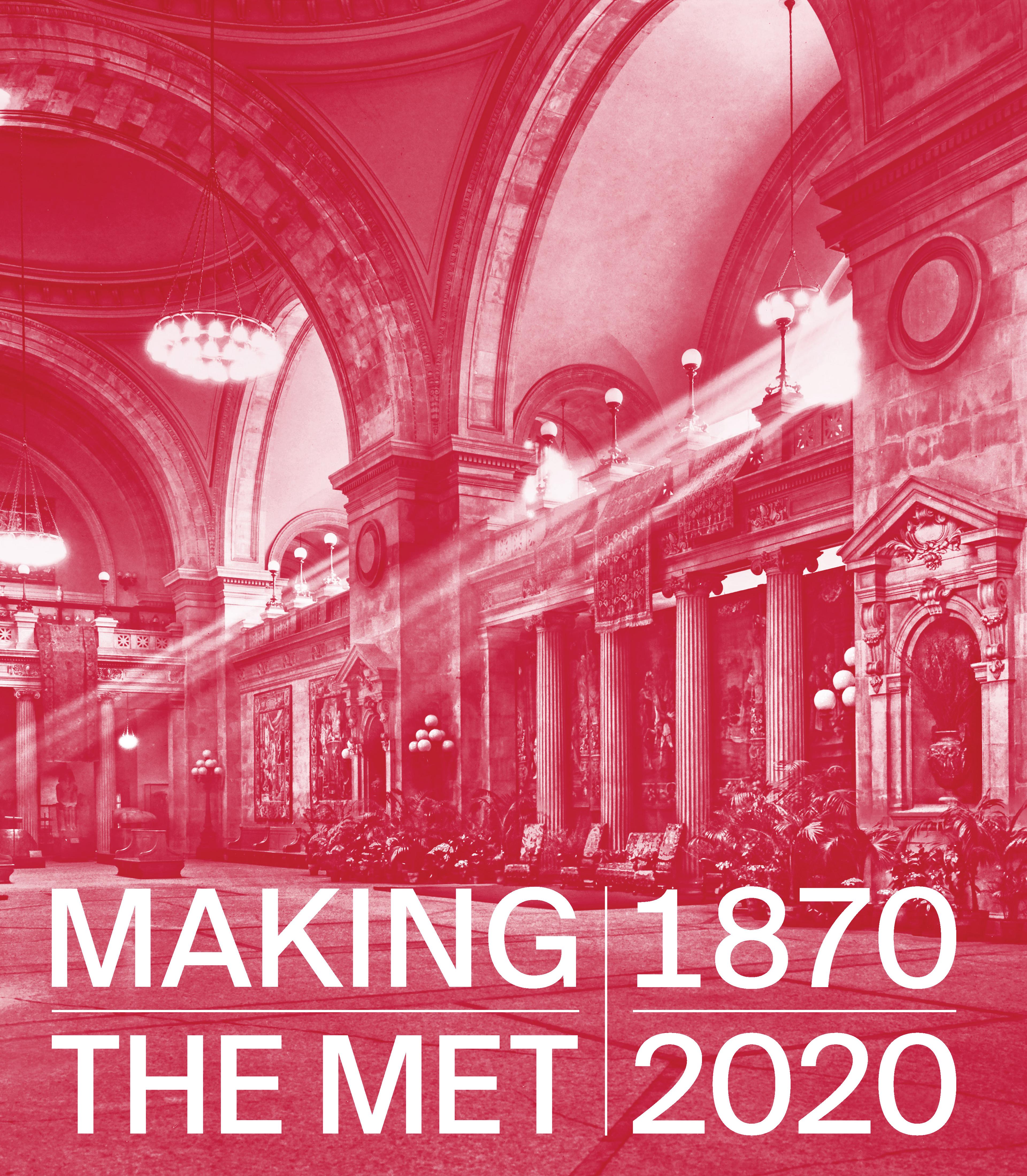Orthostat relief: winged human-headed lion
The powerful Neo-Assyrian Empire influenced the surrounding region culturally as well as politically. In the west a number of small but powerful Aramaean city-states acted as a barrier between Assyria and the Mediterranean coast. These have been called Neo-Hittite city-states because of their dynastic continuity and relation to the preceding Hittites of Anatolia. These rival states were gradually brought under the control of the Neo-Assyrian Empire by military conquest.
Stone slabs carved in low relief had traditionally decorated the walls of the Neo-Hittite palaces and temples. This slab depicts a winged human-headed lion. It is one of many excavated at Tell Halaf, the ancient Aramaean site of Guzana, bearing images of fantastic creatures, hunting scenes, and ceremonial banquets. Carved in the late tenth or ninth century B.C., before the Assyrian conquests of the region, the reliefs appear to have embellished an earlier building and then been reused on the walls of the palace of King Kapara. This building was a special local form known as a bit hilani, composed of two parallel long rooms, one of which had a pillared entrance.
Stone slabs carved in low relief had traditionally decorated the walls of the Neo-Hittite palaces and temples. This slab depicts a winged human-headed lion. It is one of many excavated at Tell Halaf, the ancient Aramaean site of Guzana, bearing images of fantastic creatures, hunting scenes, and ceremonial banquets. Carved in the late tenth or ninth century B.C., before the Assyrian conquests of the region, the reliefs appear to have embellished an earlier building and then been reused on the walls of the palace of King Kapara. This building was a special local form known as a bit hilani, composed of two parallel long rooms, one of which had a pillared entrance.
Artwork Details
- Title:Orthostat relief: winged human-headed lion
- Period:Neo-Hittite
- Date:ca. 10th−9th century BCE
- Geography:Syria, Tell Halaf (ancient Guzana)
- Culture:Hittite
- Medium:Basalt
- Dimensions:26 3/16 × 14 3/4 × 7 7/8 in., 430 lb. (66.5 × 37.5 × 20 cm)
- Credit Line:Rogers Fund, 1943
- Object Number:43.135.4
- Curatorial Department: Ancient West Asian Art
More Artwork
Research Resources
The Met provides unparalleled resources for research and welcomes an international community of students and scholars. The Met's Open Access API is where creators and researchers can connect to the The Met collection. Open Access data and public domain images are available for unrestricted commercial and noncommercial use without permission or fee.
To request images under copyright and other restrictions, please use this Image Request form.
Feedback
We continue to research and examine historical and cultural context for objects in The Met collection. If you have comments or questions about this object record, please contact us using the form below. The Museum looks forward to receiving your comments.
